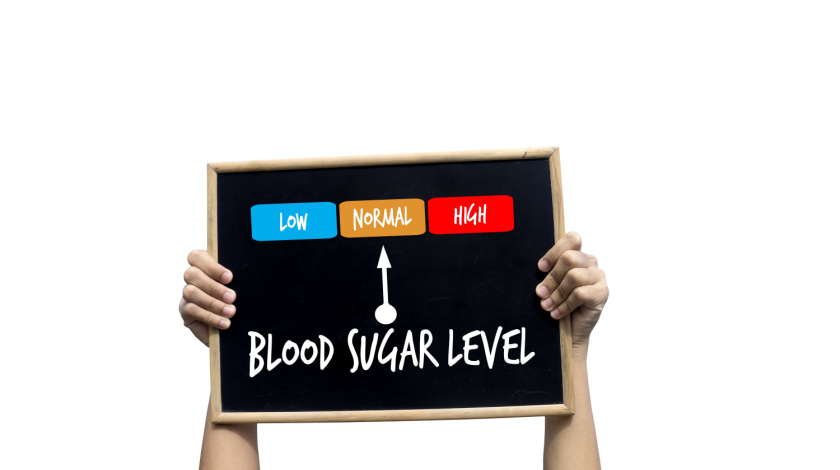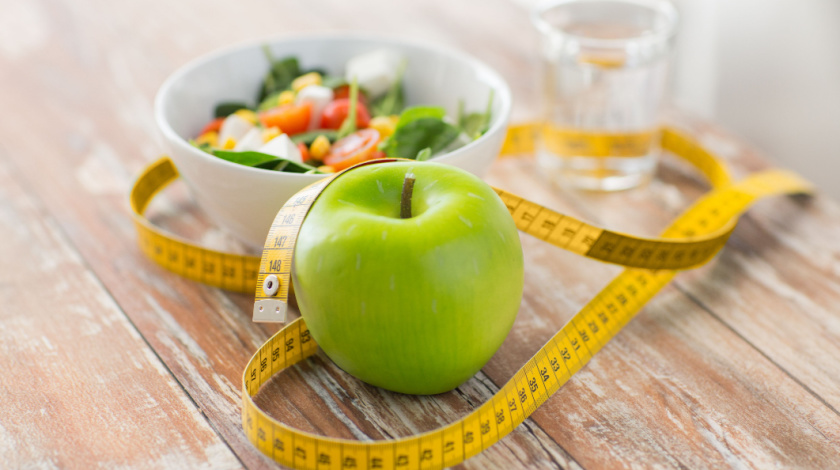Diabetes is a metabolic disorder, a system malfunction where the beta cells fail to produce the required insulin in the pancreas or the body is not able to use the same because of insulin resistance. It is also an ailment that is not geography, age, gender, or socio-economic-specific. In recent times, its rapid spread has worried healthcare authorities across the world and is gradually evolving into a “Real” threat to humanity. Although several synthetic drugs / chemical compositions have been developed to address diabetes, it does not offer a permanent cure. Currently, the “reversal of diabetes” through medications/insulin is impossible.

However, diabetes experts and educators are now experimenting with alternative methods such as plant-based medicines, hydrotherapy, yoga, acupuncture, and a highly promising substitute called the “Lifestyle” switch.
If, on the one hand, the current range of medicines simply restores the blood glucose levels to normalcy (temporary), a non-traditional option such as lifestyle changes offers a medicine-free, non-diabetic life. Moreover, addressing this illness through lifestyle changes is safe, too.
So, how does one push back diabetes permanently and remain within the safe zone despite independence from medications? Read on to know the answer.
Understanding Diabetes Reversal – Fact or Fiction?
Lifestyle changes, one of the unconventional ways to reverse type-2 diabetes, is based on the following principles –
- Diet – The type and volume of food that a person with diabetes consumes depends on the concerned individual’s medical profile, doctor’s assessment, and dietician’s suggestions. Your diabetes support team will most probably design a Ketogenic diet, which is typically ultra-low-carb and high in fats, or a Mediterranean variation, which is basically a low-carb, high-fat diet.
- Physical Activities / Exercise – Burning more calories through physical activities and workouts also forms an integral part of the diabetes reversal program. Specific exercises are recommended depending on the individual’s medical condition.
- Lowering Stress through Meditation / Yoga / Hobbies – Apart from an insulin resistance diet, addressing diabetes naturally / holistically also includes mindfulness through meditation/yoga and imbibing hobbies that reduce stress and release “Happy” endorphins.
The Secret Catch –
Although people with diabetes have found success through diet, exercise and stress control, and taper-off medicines over a period of time, maintaining this status can be quite difficult. Even a small trigger can reverse the situation. You need to keep away from some of the pitfalls/traps of daily life, which is almost impossible in the long run. The success rate with this method is not very impressive; therefore, the term “reverse type-2 diabetes” is often labelled as ambiguous.
The Power of Food – Dietary Changes for Diabetes Reversal
Diabetes is extremely sensitive to foods rich in carbohydrates and sugar. This includes refined grains (white bread), starchy carbs (white rice), cereals, and food products such as pastries and cakes. A dietary change for diabetes reversal starts with a diet plan optimised in every sense. While some dieticians may suggest a super-thrifty low-carb and high-fat Keto diet, some may opt for a moderately low-carb and high-fat Mediterranean diet. Both plans incorporate whole grains, legumes, beans, leafy vegetables, canola/olive oil, and fish/eggs.
The idea is to provide you with a balanced meal. A meal that has been optimised to address diabetes-related causes. Most of the said meals have the right proportions of fibre, proteins, and fats. This ensures that the sugar in the body is well managed. A highly personalised meal not only offers improved blood sugar levels but also rewards you with several other health benefits.
Many ill-informed people with diabetes undertake fasting, which can be counterproductive. When the body is suddenly deprived of food and then fed with meals which are not optimised, it can lead to severe problems. One of them is fluctuating blood sugar levels.
Moving Towards a Healthier You – Exercise and Diabetes Reversal
If losing weight quickly can create long-term health issues, so will aggressive fitness/weight reduction regimes. Many individuals start with backbreaking, prolonged workout sequences the moment they are diagnosed with pre-diabetes/ type-2 diabetes, which is not a good idea. These individuals quickly search Google for “how to reverse pre-diabetes/ type-2 diabetes”, and the moment they realise that exercise is one of the ways to negate this ailment, they initiate random training. This is not the way to go. The idea is not to build muscle mass. The idea is to lose weight gradually over an extended timeline to achieve diabetes reversal goals.
Remember, even with impressive weight loss, it may take months, if not years, to bring the blood glucose value within the medically stipulated levels (without medicines). Continuous monitoring is crucial. Workouts can have a direct impact on your sugar levels. You will need to tweak your diet and weight reduction routines accordingly. It is a long-drawn process, and your doctor may take you off medications once you achieve the desired goal. This is where the real test starts. Any break or deviation from your diet/workout routines can be disastrous. Your diabetes can return with a vengeance.
Stress Reduction Strategies – A Key Component of Diabetes Reversal
As mentioned earlier, diabetes is a metabolic disorder. It has been established long ago that stress plays havoc with metabolic activities. Prolonged or chronic stress can trigger type-2 diabetes affliction. So, whether psychological or physical, you need to address your stress problems. Allowing it to become a part of your life is a sure-shot way of inviting medical issues, including diabetes. You need to understand that stress causes a rise in glucocorticoid concentrations. This, in turn, demands more insulin. If stress is not addressed quickly, over a period of time, your body may start showing insulin resistance symptoms.
Although releasing certain hormones in extreme adverse conditions is the body’s natural reaction, it needs to be negotiated quickly. Apart from rising blood sugar levels due to the release of stress-fighting chemicals, even the stress hormones may undergo a biological transformation, which can trigger a string of new complications. Some popular ways your healthcare provider will recommend to address stress are mindfulness, meditation, yoga, enlisting in social groups, or adopting hobbies.
Measuring Success – Tracking Your Journey to Diabetes Reversal
Tracking your journey to diabetes reversal and measuring success is tricky, to say the least, especially when you opt for a holistic, natural alternative. The above lifestyle changes will allow you to lead a healthy life with minimal intervention in insulin intake (type-1) and medications (type-2). On the other hand, diabetes reversal is a subject of debate. Yes, it is possible to bring down blood sugar levels below the desired value, and yes, this can be achieved without medicines. However, the question is … is it possible to maintain this status over a lengthy period of time? It needs more studies and confirmation from those who have embarked on this journey, become successful, and continue to do so.
Read More: How to Reverse Prediabetes – Steps for Preventing Type 2 Diabetes
Summarising Holistic Approach –
Diabetes, especially type-1 and chronic type-2, is incurable. Even when we talk about reversal, we actually mean remission. The dictionary meaning of this word is “abatement in intensity” or “pushback”. Through a holistic approach, you embark on a journey of an insulin resistance diet (low carb – ranging between 30 grams to 130 grams per day), which is based on macronutrient changes, exercise, and stress control. Remember, exercise is all about weight loss and not muscle development. Doctors have achieved remission in many cases through improved insulin resistance and plasma glucose levels. However, the million-dollar question remains—is it sustainable?




